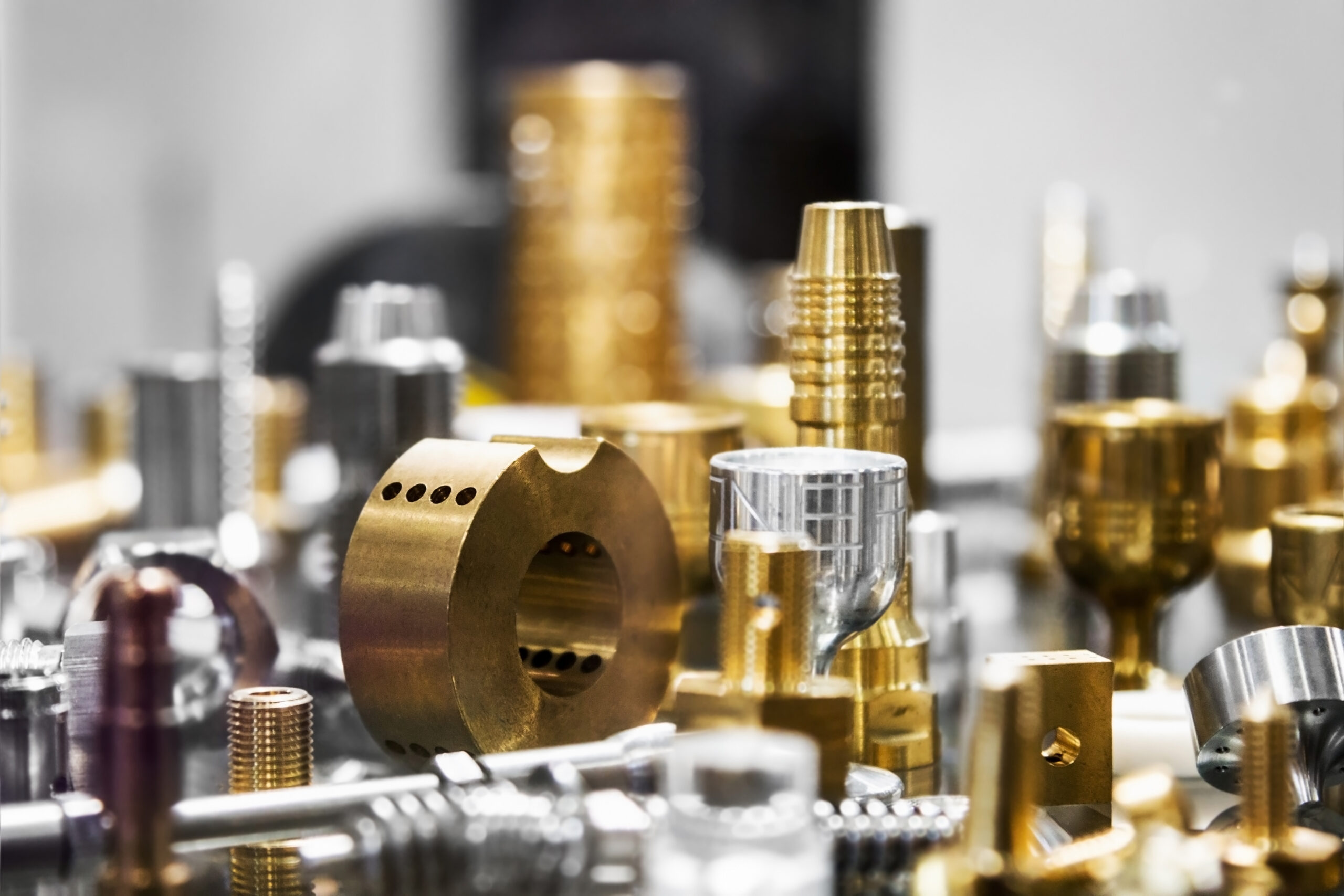Rapid Precision Manufacturing has a lot of different machining equipment that we use to manufacture products, including horizontal and vertical milling machines. While these two types of machines do perform similar operations, they actually can have a lot less in common than just the orientation of the spindle. Whichever operation your part requires depends on its geometry, the material of the workpiece, and the operations required of the machine.
Horizontal Machining Centers
Horizontal CNC mills are oriented exactly as the name suggests, with the spindle running parallel to the worktable’s surface. The cutting tool removes material from the workpiece held on the pallet while rotating around this horizontal axis. These cutting tools are typically shorter and thicker than the ones used in their vertical counterparts, and are able to create much deeper cuts and remove more material.
This particular type of mill features much more support for the spindle and can shape the workpiece on multiple sides and angles. This has made it suited for customizable jobs that require specific add-ons and features that aren’t available on a vertical mill. Horizontal mills also feature much more efficient chip evacuation, leaving a much better finish at the end of machining, which can help to reduce the secondary processing necessary to get a finished product.
However, this configuration does have its downsides. Horizontal machines are better suited to high-volume, repetitive projects, and they do tend to be more expensive to maintain than vertical mills.
Horizontal machining is typically done on components that need to be machined on multiple sides. They’re also especially useful for very large or heavy workpieces and highly durable materials that can be difficult to machine.
Vertical Machining Centers
Vertical machining involves a lot of the same operations as horizontal machining, but features a vertically-oriented spindle that is perpendicular to the worktable. Vertical mills tend to be much more versatile, featuring long cylindrical tools for precise, shallow cuts on small workpieces. They’re much more suited to prototyping and custom work, such as custom engraving, than their horizontal counterparts, and tend to be less expensive to maintain as well.
On the other hand, vertical mills cannot remove material as efficiently or on as many planes as a horizontal mill. Due to the configuration of the machine, vertical mills also have a risk of getting chips on the workpiece, which can melt and cause flaws that have to be processed later.
Vertical machining is typically done for automotive components like shafts, gears, and pins, as well as many other small components with intricate designs. It’s also an excellent choice for prototype components, being relatively inexpensive compared to horizontal machining, and is perfect for operations that require shallow cuts like engraving.
About Rapid Precision Manufacturing, Inc.
Rapid Precision Manufacturing is your partner in precision, specializing in a wide range of high-precision manufacturing services, including vertical and horizontal machining. Check out our website to learn more about what we can do for you and request a quote on your next project!




